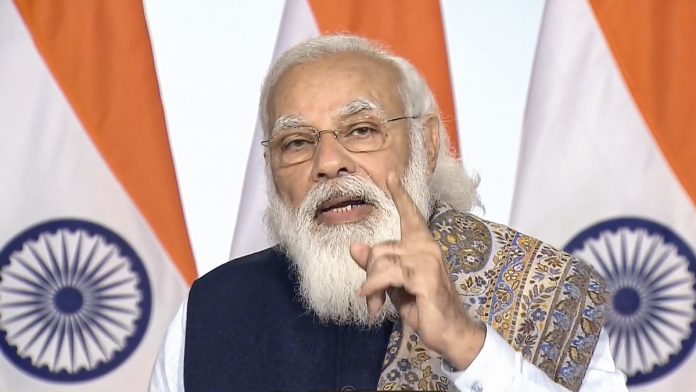Amid the ongoing turmoil in Punjab Congress, former state chief minister Captain Amarinder Singh on Thursday said that he would quit the Congress party but won’t be joining the Bharatiya Janata Party (BJP).
In an official statement, he said that he had no intention of continuing in the Congress, and said that his affiliation with the party was going downhill with senior leaders being completely ignored and not given a voice in the party.
Dismissing all speculation ahead of the 2022 Assembly elections, Amarinder said he would leave the Congress where he had been utterly humiliated and was not trusted. “I will resign…will not stay in the party,” he said, adding that he was still thinking through his options in the interest of Punjab, whose security was the predominant priority for him. “I will not be treated in this humiliating manner…I will not take such insults,” he said, adding that his principles and beliefs do not allow him to stay in the Congress.
Terming the senior Congressmen as the thinkers, who were critical to the future of the party, the former chief minister said the younger leadership should be promoted to implement the plans, which the senior leaders are best equipped to formulate.
Unfortunately, the seniors were being completely sidelines, Amarinder said, adding this was not good for the party. He also condemned the attack on Kapil Sibal’s house by Congress workers only because he had chosen to express views that were not palatable to the party leadership.
Congress on September 28 inducted former CPI leader Kanhaiya Kumar into the party. Meanwhile, commenting on the recent political crisis in the party, senior party leader Kapil Sibal on Wednesday had said that they are unaware of who is taking the decisions in the party as there is no president.
Expressing the hope that Punjab would vote for the future of the state, he said his experience showed that the people of Punjab tend to vote for a single party/force, irrespective of the number of parties in the fray. Misgovernance in Punjab would give Pakistan the opportunity to create trouble in the state and in the country, he said, adding that his meeting with NSA Ajit Doval this morning centered around this issue.
Notably, Amarinder had raised security concerns with Union Home Minister Amit Shah too, along with the farmers’ issue, during his meeting with the latter on Wednesday.
Taking a dig at those who undermine the growing Pakistani threat in Punjab, he said that such people were playing into the hands of anti-India forces by being in denial mode. “They (Pak-backed elements) are killing our soldiers every day, they are pushing weapons into the state through drones. How can we overlook these dangers,” he added.
Reiterating his opinion of Navjot Singh Sidhu, Amarinder described him as a mere crowd puller who does not know how to carry his team along. Pointing out that he had personally worked with many Punjab Pradesh Congress Committee (PPCC) chiefs, besides himself being one, he said he always resolved issues amicably, without indulging in theatrics like Sidhu.
Amarinder, wh landed in the national capital on Tuesday, met Shah at his residence on Wednesday to discuss the ongoing farmers’ agitation and urged him to resolve the crisis by immediately repealing the three farm laws.
The meeting came amid fresh turmoil in Punjab Congress with the sudden resignation of state Congress chief Navjot Singh Sidhu and led to speculation that the Congress leader may be warming up to the BJP.
Amarinder Singh had resigned as Chief Minister on September 18 and had told the media that the Congress leadership had let him down. He had also taken a dig at Sidhu over his resignation, saying he is not a stable man.
Sidhu was made PCC chief by Congress leadership in July to stem infighting in Punjab Congress ahead of next year’s assembly polls but the party is now grappling with a fresh crisis. (ANI)









